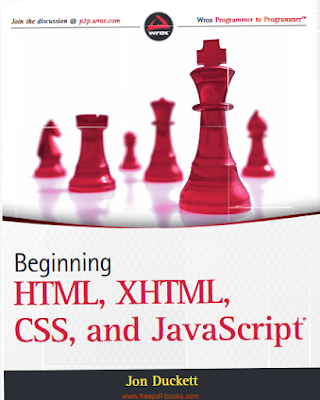There are a lot of books about designing and building web pages, so thank you for picking up this one. During the relatively short life of the Web, many technologies have been introduced to help you create web pages, some of which have lasted, others of which have disappeared. Now the dust is beginning to settle, and commonly accepted best practices are emerging; so the aim of this book is to teach you how to create pages for the Web as it is today and will be for the next few years.
This book is different from many books because it teaches you more than just the code you need to learn to write web pages; I wanted to share some of the practical experience I have gained designing and building web sites over the past 12 years. Therefore, alongside the usual technical information, you will see advice on topics that range from how to approach the task of creating a new site to chapters that let you in on the techniques used by designers to make their pages more attractive. You will also find information about important topics such as accessibility and usability that any professional web programmer needs to understand. And, once you have worked through this book, it should continue to serve as a helpful reference text you can keep nearby and dip into as you need to.
As the title of this book suggests, you will be learning a few different languages in order to create effective and attractive web pages:
This book is different from many books because it teaches you more than just the code you need to learn to write web pages; I wanted to share some of the practical experience I have gained designing and building web sites over the past 12 years. Therefore, alongside the usual technical information, you will see advice on topics that range from how to approach the task of creating a new site to chapters that let you in on the techniques used by designers to make their pages more attractive. You will also find information about important topics such as accessibility and usability that any professional web programmer needs to understand. And, once you have worked through this book, it should continue to serve as a helpful reference text you can keep nearby and dip into as you need to.
As the title of this book suggests, you will be learning a few different languages in order to create effective and attractive web pages:
- HTML and XHTML are needed to explain the structure of any web pages. If you look at this page it is made up of a lot of words. On web pages it is the job of HTML and XHTML to explain the structure of the words — which words form a heading, where paragraphs start and end, and which text should have bullet points. These languages also specify links between different web pages and where images should appear. This book focuses mainly on teaching you XHTML, but you will be glad to know that by learning XHTML you will automatically be able to write HTML (because you can consider XHTML to be exactly the same as HTML, but with a few extra rules added — making it a little more strict). At the end of the book is a preview of HTML 5, the next version of HTML.
- CSS is used to control how your pages look. For example, you can use CSS to specify that a typeface should be a large, bold Arial typeface or that the background of a page should be a light green. You can also use CSS to control where different items appear on a page, such as placing three columns of text next to each other.
- JavaScript can add interactivity to your web pages. JavaScript is a huge topic in itself, so it is not covered in the same depth as XHTML and CSS, but I will teach you just enough JavaScript to write your own basic scripts and to enable you to incorporate many of the thousands of JavaScripts that are available for free on the Web.










0 Comments